NASA has encountered a significant delay in the return of astronauts Butch Wilmore and Suni Williams from the International Space Station.
Originally planned for a nine-day mission, their stay has been extended indefinitely due to malfunctions with the Boeing Starliner capsule. The complexity of the technical issues has prompted a thorough review before a new return date can be set.
Technical Challenges Identified in Boeing Starliner
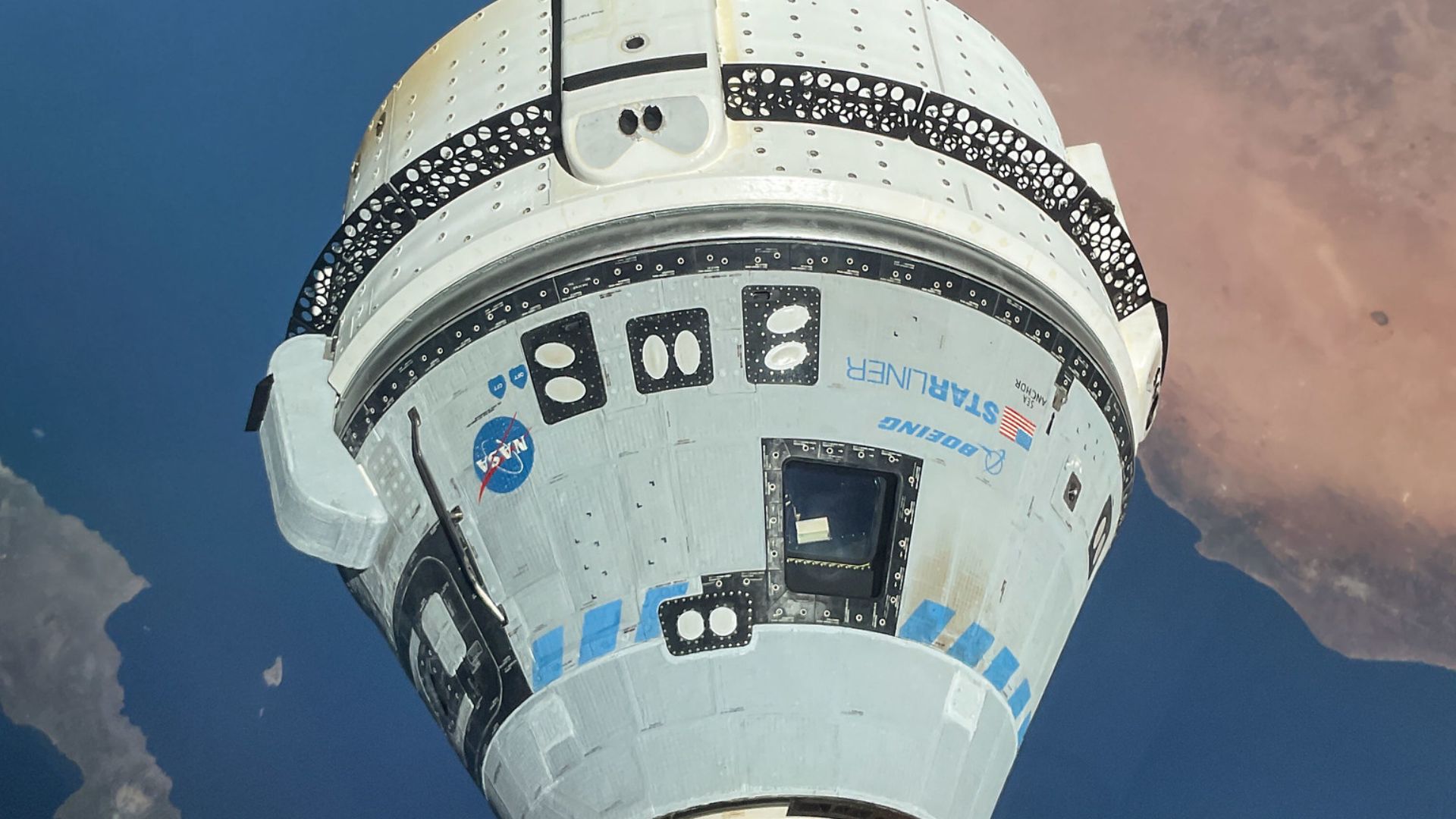
The Boeing Starliner, tasked with returning NASA astronauts, has experienced critical malfunctions, including thruster failures and leaking valves.
These issues have compromised the spacecraft’s ability to function safely in space, leading to multiple postponements of the astronauts’ return to Earth, with a timeline now remaining uncertain as the review continues.
Potential Rescue Mission: SpaceX’s Role Discussed
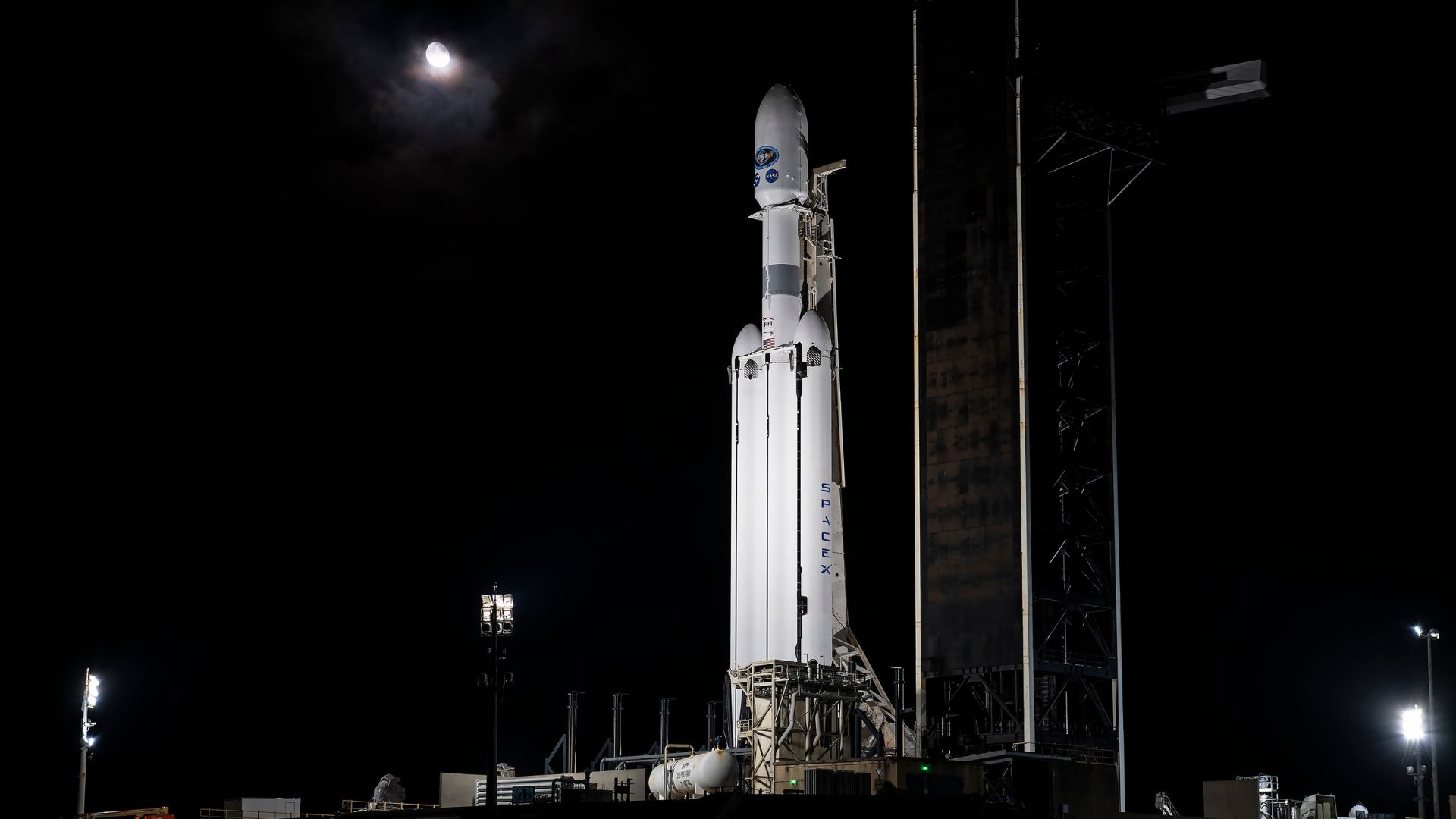
Experts are discussing the possibility of involving SpaceX to rescue the stranded astronauts by using one of its Dragon capsules.
This option has become a topic of interest as NASA explores all possible solutions to ensure the safe return of the crew, demonstrating the growing reliance on commercial space entities in addressing spaceflight challenges.
Expert Analysis on Boeing’s Predicament

Rudy Ridolfi, Former Space System Commander and Space Technology Acquisition Manager, explained the situation to the Daily Mail.
He said, “Boeing will still want the capsule back. The service module is the part with all the problems and they will lose that on reentry no matter what they do. The capsule though, it can be returned, autonomously to a hard landing in the US and recovered.”
Alternate Spacecraft Consideration by NASA
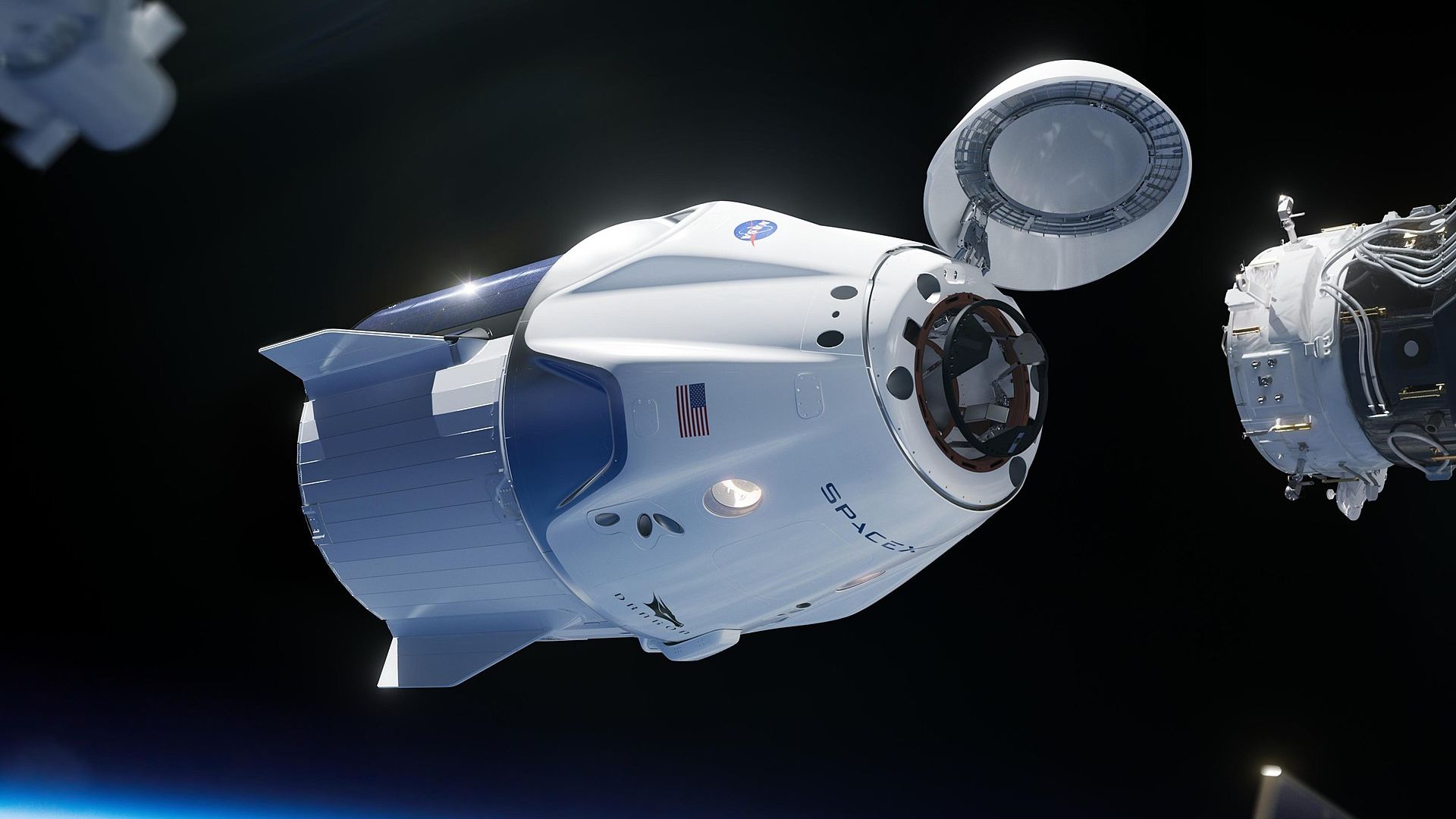
According to Katsuo Kurabayashi, professor of aerospace engineering at New York University, “it is possible that NASA could decide to use an alternative spacecraft, like SpaceX’s Crew Dragon, to bring the astronauts home safely.”
This highlights the flexibility NASA is maintaining in its approach to resolve the situation.
NASA and Boeing’s Cautious Approach
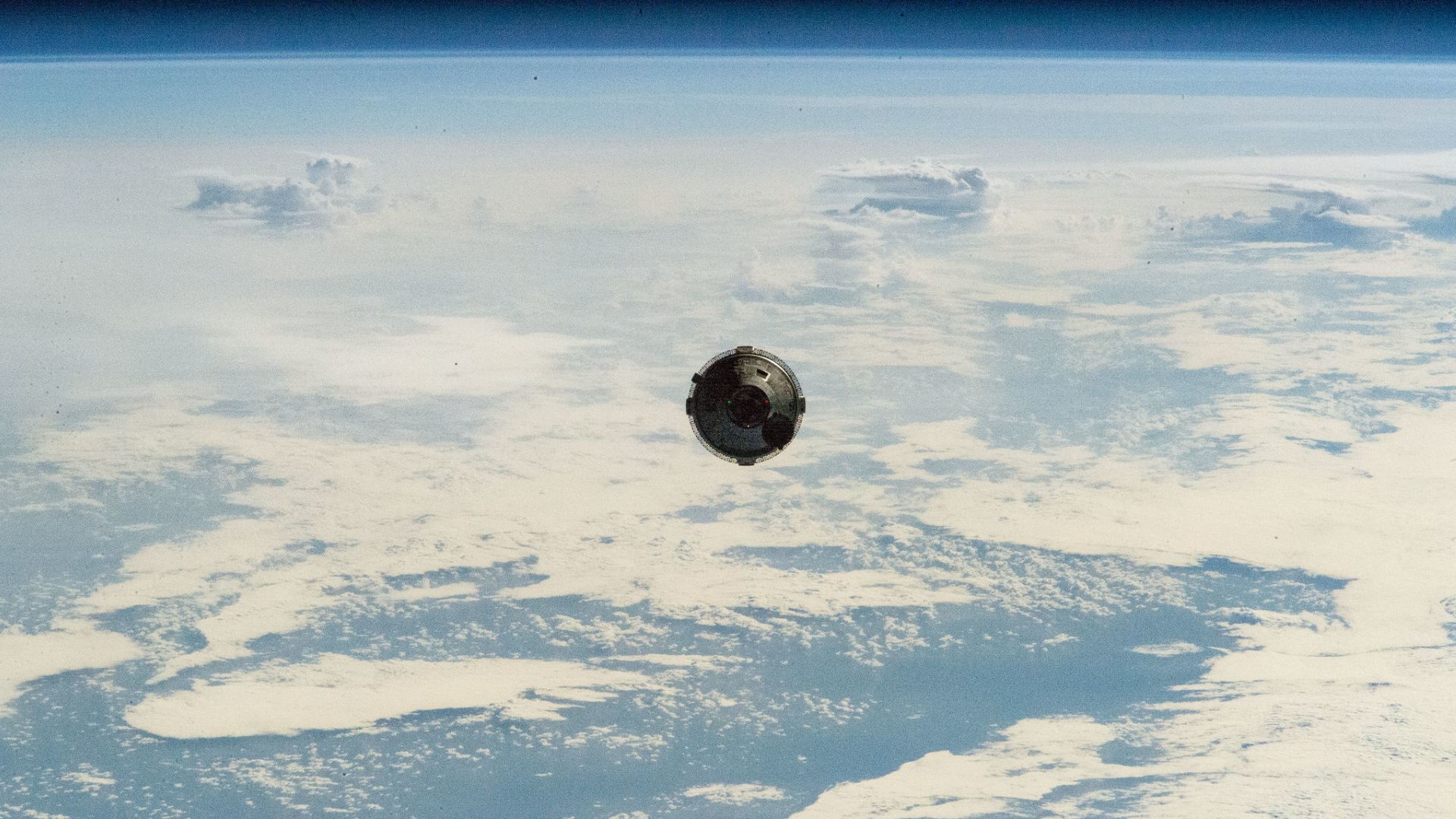
Both NASA and Boeing are taking extensive precautions with the Starliner’s return missions.
They are committed to ensuring that the spacecraft is thoroughly prepared and certified for its journey back to Earth. This careful approach is aimed at preventing any further issues that could jeopardize the astronauts’ safety.
Revised Return Schedules and Ongoing Delays
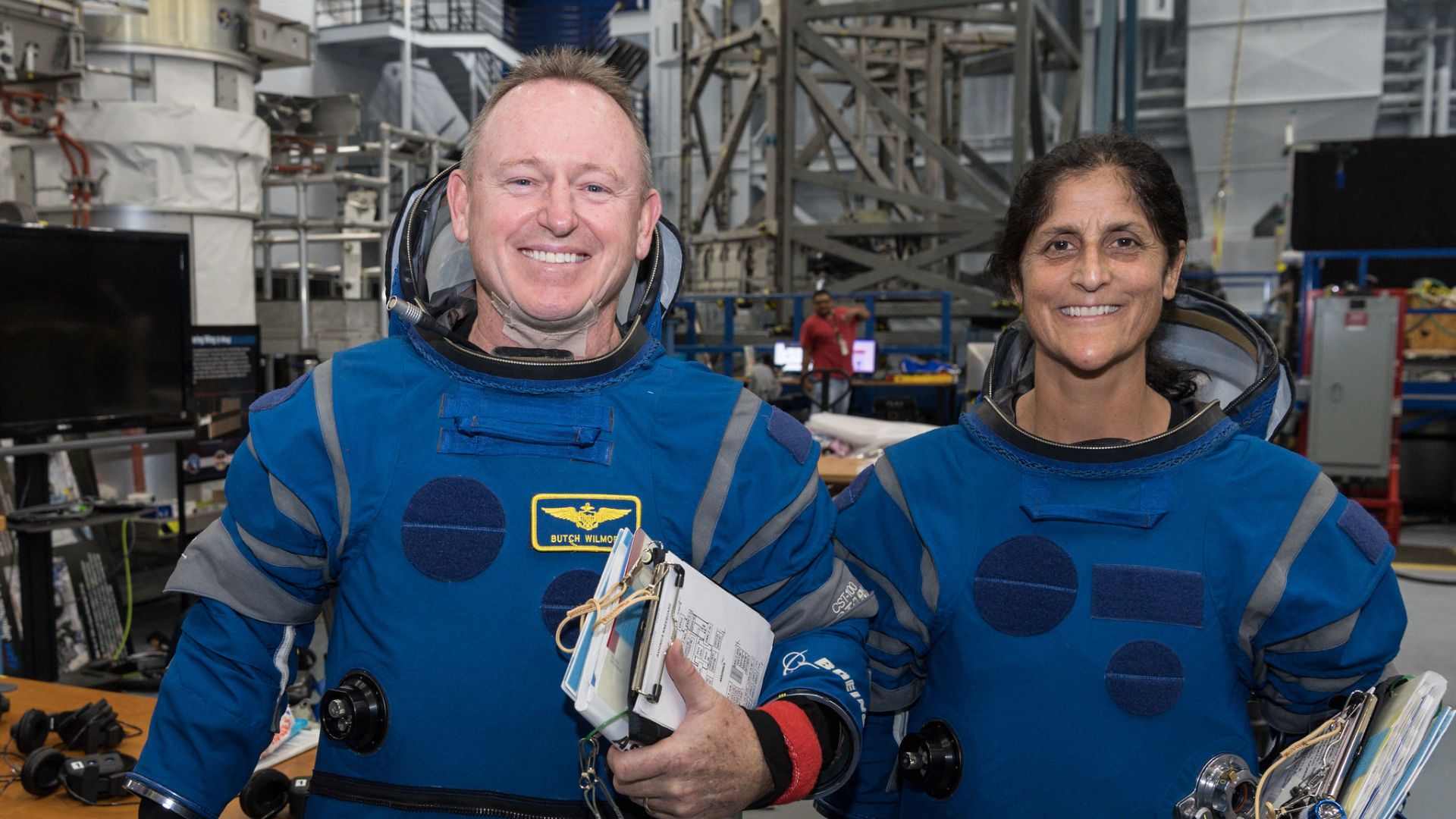
The astronauts’ return was initially rescheduled from June 14 to June 26, reflecting ongoing uncertainties.
NASA is carefully evaluating potential return dates following planned space walks, aiming to secure a safe journey back to Earth for the astronauts by early July, depending on the resolution of the technical issues.
NASA’s Methodical Decision-Making Process
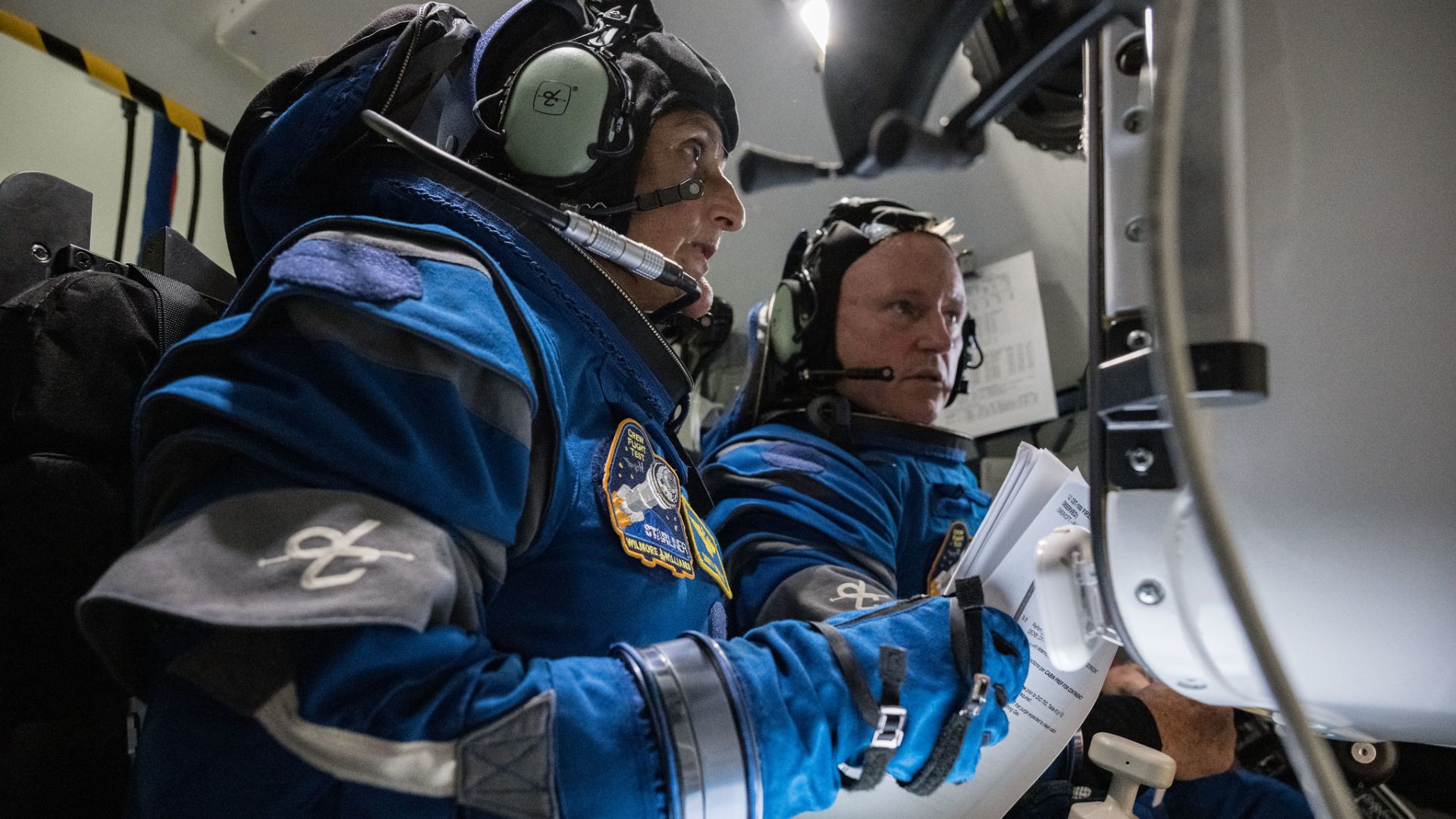
Steve Stich, manager of NASA’s Commercial Crew Program, has explained the decision process.
He said, “We are taking our time and following our standard mission management team process. We are letting the data drive our decision making relative to managing the small helium system leaks and thruster performance we observed during rendezvous and docking.”
Continuous Challenges from Launch to Docking
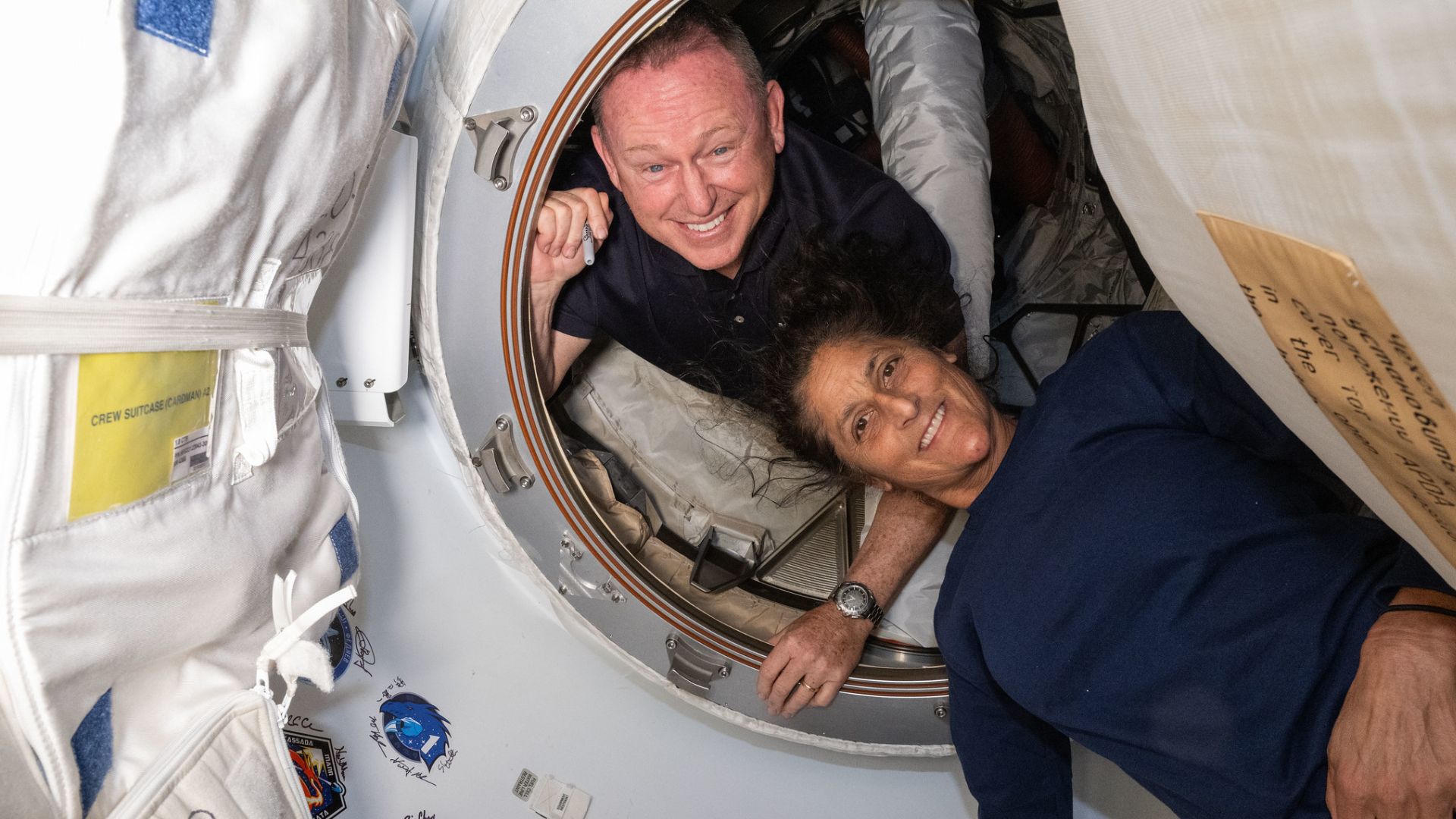
The Starliner faced obstacles right from its launch, which proceeded despite a known leak. This was followed by thruster failures that complicated its docking with the ISS.
These ongoing issues reflect deeper challenges in the spacecraft’s design and functionality, which Boeing and NASA are working to understand and resolve.
Financial and Technical Stakes for Boeing
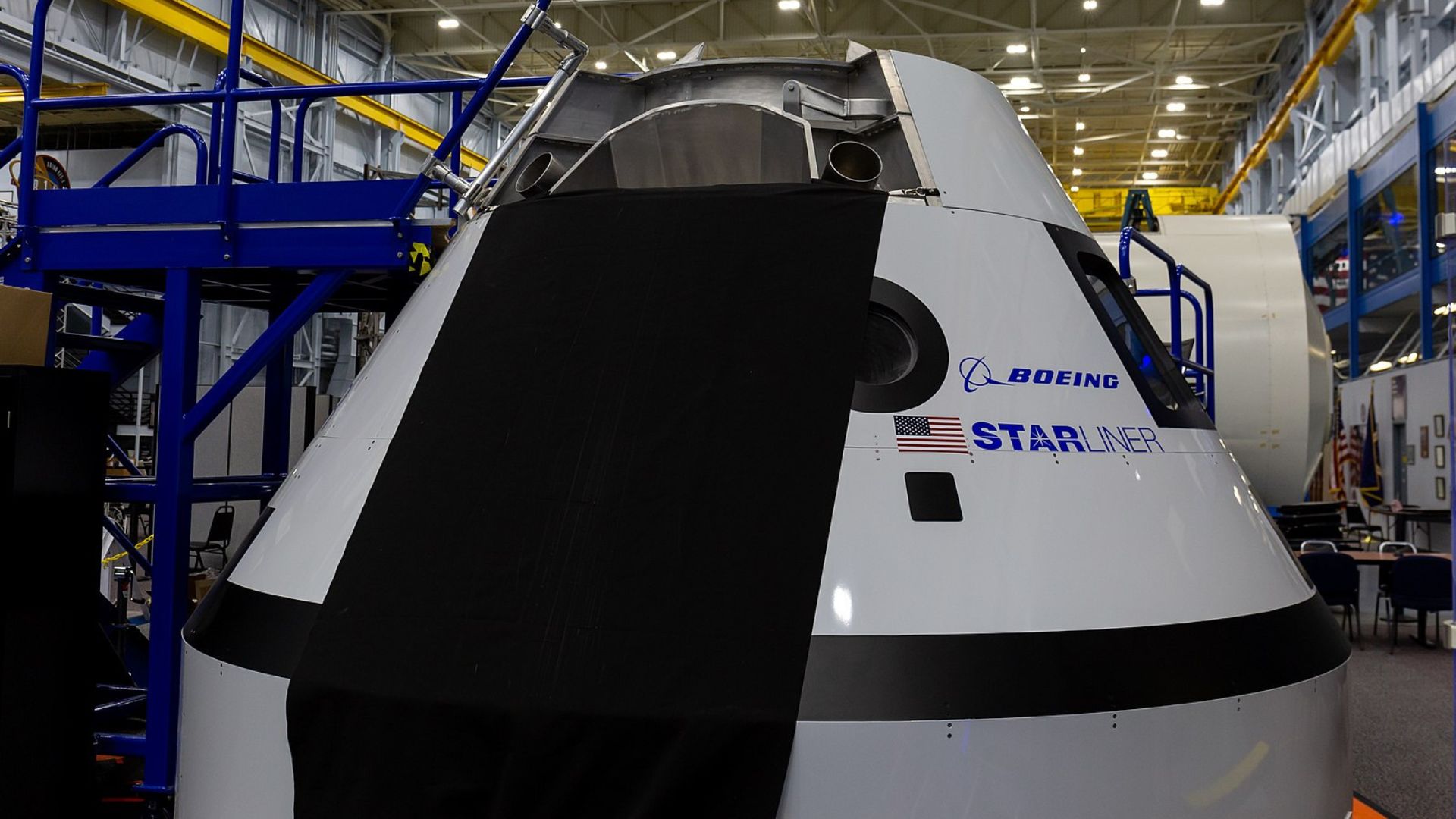
Boeing has incurred significant financial overruns, with costs escalating $1.5 billion beyond the initial $4.5-billion NASA contract.
These overruns coincide with the technical difficulties faced during the Starliner’s test missions, underscoring the high stakes involved in ensuring the spacecraft meets NASA’s safety and functionality standards.
Safety Concerns Amplify Scrutiny

Safety checks have been intensified following the technical mishaps with Starliner. Erin Faville, president of ValveTech, stressed the importance of safety, telling the Daily Mail, “I warned. I will choose to let it play out.”
This statement reflects the heightened vigilance over the spacecraft’s performance amid ongoing technical setbacks.
SpaceX’s Role in Future Missions
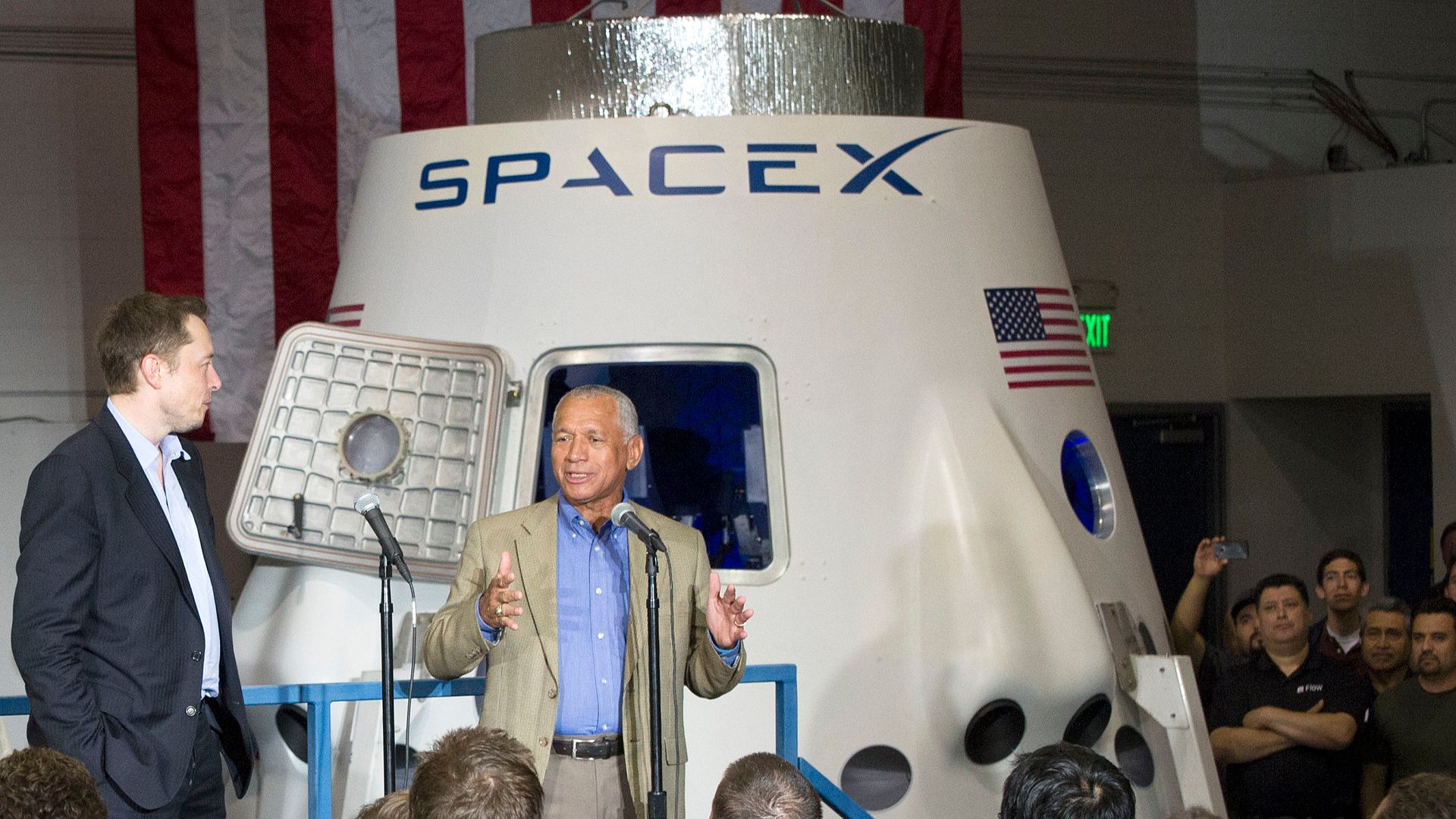
As the situation develops, SpaceX remains a potential player in ensuring the astronauts’ safe return.
This collaboration could demonstrate the critical role of commercial spaceflight partners in supporting traditional space agencies during emergencies, showcasing an evolving landscape in space exploration logistics.
